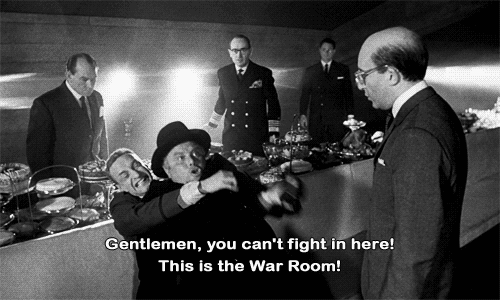I finally finished my Centigrade 37 restoration and decided I should document what I learned to help others who under take their own restoration. It was my first EM and my first full scale tear down of everything on a machine. I probably should have started this thread when I started the restoration and updated it as I went along but I'm a bit of a procrastinator. I guess better late than never, right?
My goal was to get it done in time for the 2016 Pintastic show. I just barley made my goal, it was a lot of work but I learned a lot along the way. It felt good to see so many others enjoying it at the show. I even had a few people who said they don't normally enjoy playing EM's say they liked playing this one.
When I first got into pinball I thought most EM’s were slow and boring but after a while I started to appreciate them more and decided I needed to get an EM machine. I love the sound of the score reels and relays resetting everything when you hit the replay button. Voice call outs and music on modern games are great but nothing says pinball like the 3 tone chime unit on a Gottlieb wedge head, with an occasional bell thrown in when you score the special.
Centigrade 37, aka C37, has always been a favorite of mine due to the cool retro sci-fi artwork and the back box animation of the thermometer. For those that don't know, the title "Centigrade 37" refers to the normal temperature of the human body. Centigrade is the old school name for Celsius and 37 deg Celsius is equal to 98.6 degrees Fahrenheit. It was on my short list for an EM if one ever popped up for sale in my area. You don’t see them for sale all that often and if they are in really nice shape they typically command a high price (for an EM anyways). So when a local pinhead listed a Centigrade 37 for sale almost 2 years ago a reasonable price I jumped at it. It was priced right for it condition which was a little rough around the edges. The good part was that mechanically everything was working fine. This was a big concern for me because I hadn’t owned an EM before so I felt more comfortable buying one that was in full working condition. The game did have some cosmetic issues. The back glass was flaking a bit in the red which seems pretty common for a lot of Gottlieb 70’s games.



 North Attleboro, MA
North Attleboro, MA

